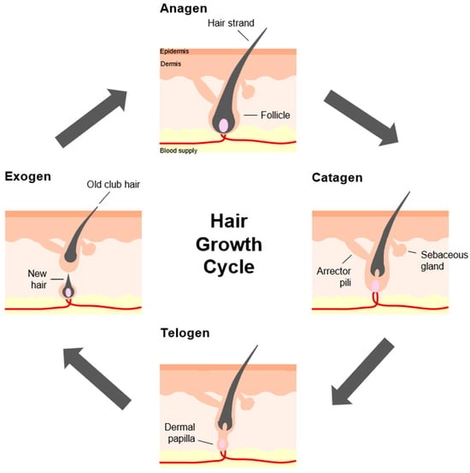- Review
A Multifaceted View on Ageing of the Hair and Scalp
- Yi Shan Lim,
- Carine Nizard and
- Karl Pays
- + 2 authors
Like with skin, both men and women—regardless of ethnicity—gradually lose satisfaction with changes in hair brought about by ageing. Especially when such transition is apparent by others, and that the hair condition has a significant role in an individual’s overall physical appearance and self-perception. Beyond the familiar age-related signs such as hair greying, hair loss, and hair fragility, this review includes current knowledge of biological processes underlying hair pigmentation and hair growth, highlights variations in gender and ethnicity, as well as delineates hair fibre diameter, ellipticity, and elasticity properties that collectively contribute to the characteristics of aged hair. Additionally, in view of the rising importance of enhancing scalp skin health to promote healthy hair growth, the latter part of the review focuses on age-associated alterations to the scalp skin and its microbiome. Consideration of the morphological changes in the hair fibre, biological processes occurring within the hair follicle and its enveloping scalp environment provide a unique, holistic overview of hair and scalp changes during ageing. Finally, after acknowledging the impact caused by chronological ageing and environmental stresses, it is important to recognise that healthy tresses are largely influenced by scalp skin care, and this stimulates the advancement of appropriate cosmetic solutions that help delay or improve the appearance of aged hair.
12 December 2025




